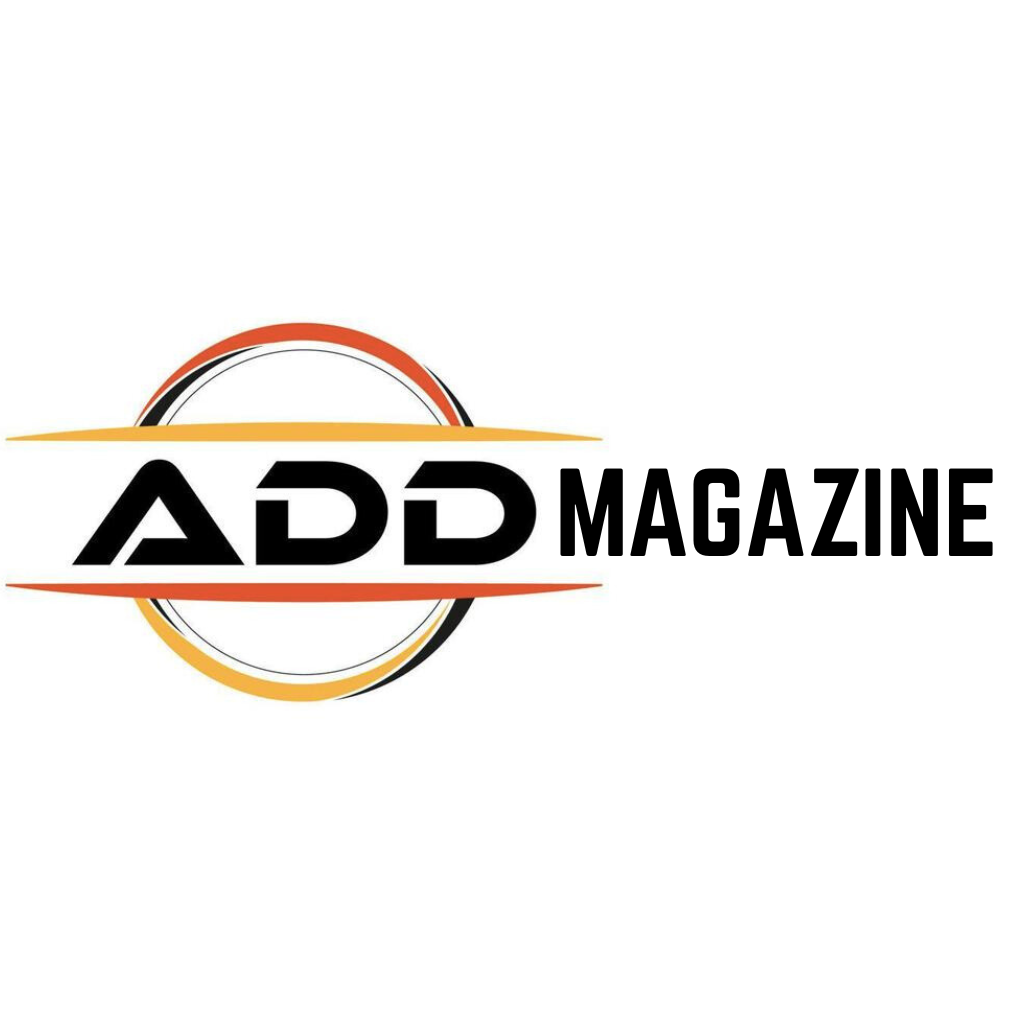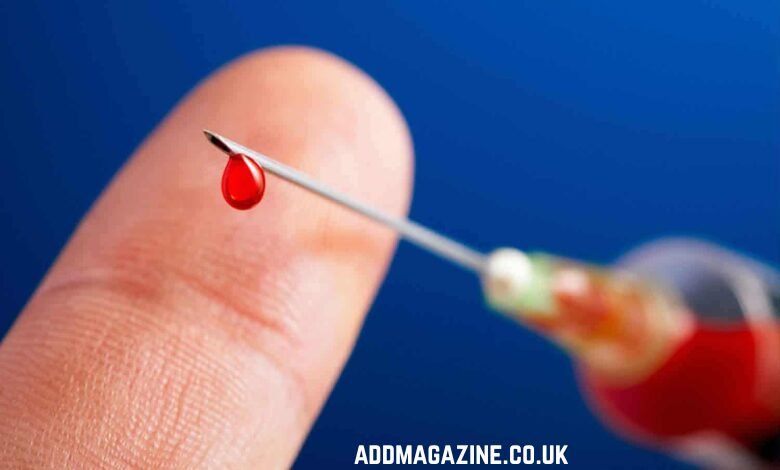Sharps injuries are a serious workplace hazard in sectors such as healthcare, waste management, laboratories and cleaning services. A single needlestick or cut can expose workers to infections including hepatitis B, hepatitis C and HIV. To reduce these risks, organisations must have a clear and effective Sharps Safety Plan that sets out how sharps are managed from use to disposal.
What Is a Sharps Safety Plan?
A Sharps Safety Plan is a structured policy that outlines how an organisation will prevent injuries caused by sharp objects such as needles, scalpels and broken glass. It identifies how sharps are used, stored, transported and disposed of while setting out the roles and responsibilities of staff. The plan also includes reporting procedures, emergency actions and review measures to keep safety standards up to date.
Legal Duties for Sharps Safety in the UK
UK employers must manage the risks from sharps in line with national health and safety laws. Several key regulations set out what organisations must do to protect workers who use or may come into contact with sharps.
Regulations on Health and Safety Concerning Sharp Instruments in Healthcare, 2013
These regulations apply mainly to healthcare settings but provide a strong model for other sectors. They require employers to avoid unnecessary use of sharps, provide safer equipment such as retractable needles and ensure staff receive proper training and supervision. Employers must also have clear procedures for injury reporting and post-exposure follow-up.
Control of Substances Hazardous to Health (COSHH) Regulations
Under COSHH, employers must assess and control risks from biological agents that may enter the body through sharps injuries. This includes identifying exposure routes, implementing control measures and ensuring contaminated waste is handled safely. COSHH assessments should be integrated into every Sharps Safety Plan to provide a complete approach to infection control.
Step-by-Step Guide to Creating a Sharps Safety Plan
Creating an effective plan involves a series of structured actions designed to identify, control and monitor risks in the workplace.
Step 1 – Identify Sharps Hazards
Organisations should start by identifying all tasks and locations where sharps are used or may be encountered. This may include clinical areas, maintenance work or cleaning operations. Each hazard should be documented, along with the type of sharp and the people at risk.
Step 2 – Evaluate Risks
Once hazards are identified, the next step is to assess the likelihood and severity of potential injuries. This includes evaluating how sharps are handled, whether protective equipment is available and how waste is segregated. The findings should guide which control measures are needed to minimise exposure.
Step 3 – Implement Safe Systems of Work
Safe systems of work form the foundation of a strong Sharps Safety Plan. These systems should include using safety-engineered devices, maintaining correct disposal procedures and ensuring no recapping of used needles. Clear signage and colour-coded waste bins help workers identify the right disposal routes and prevent accidental injury.
Step 4 – Provide Training and Information
All employees who handle or may come into contact with sharps must receive sharps training. This training should cover safe handling, disposal methods, emergency response procedures and infection control principles. Regular refreshers help maintain awareness and reduce the risk of complacency.
Step 5 – Establish Incident Reporting and Post-Exposure Procedures
Every organisation should have a clear process for reporting sharps injuries or near misses. The procedure should ensure that affected workers receive immediate first aid, medical evaluation and follow-up support. Reporting also helps identify root causes and guide future prevention measures.
Step 6 – Review and Update the Plan Regularly
A Sharps Safety Plan should never be static. Regular reviews are essential to ensure procedures remain effective and reflect current legislation or workplace changes. Reviews should be carried out after any sharps-related incident, when new equipment is introduced or when staff duties change. Continuous monitoring helps identify gaps and reinforce compliance.
Key Components of a Sharps Safety Plan
A well-structured plan should contain specific elements that make it practical and easy to follow across all levels of an organisation.
Roles and Responsibilities
Clear assignment of roles ensures accountability. The plan should define who is responsible for providing training, monitoring compliance and responding to incidents. Managers should oversee the implementation of controls, while employees must follow established procedures and report risks or injuries promptly.
Safe Disposal Arrangements
Sharps waste must be segregated and stored in puncture-resistant containers that comply with UK waste management standards. Containers should be clearly labelled, placed close to points of use and disposed of through licensed waste contractors. Safe disposal prevents injuries during handling, collection or transport.
Emergency and First Aid Procedures
The plan should set out the steps to follow immediately after a sharps injury. This includes encouraging bleeding, washing the wound with soap and water and seeking medical advice. These procedures should be part of broader health and safety training for employees, ensuring that all workers know how to respond quickly and correctly.
Common Mistakes to Avoid
Many sharps injuries occur due to predictable and avoidable errors. Common mistakes include reusing or overfilling sharps bins, failing to wear gloves, neglecting to report near misses or not replacing safety devices when damaged. Regular supervision and audits can help identify and correct these weaknesses before incidents occur.
Benefits of a Strong Sharps Safety Plan
An effective plan offers clear benefits for both employers and employees. It reduces injury rates, improves infection control and ensures compliance with UK health and safety regulations. A well-implemented plan also boosts confidence among staff who handle sharps daily, reinforcing a culture of care and accountability.
Building a Safer Workplace Culture
Creating a safer workplace goes beyond compliance. It requires commitment from every level of an organisation to follow safe practices and report hazards without hesitation. A Sharps Safety Plan backed by proper training, clear communication and ongoing review helps create a working environment where every employee can carry out their duties with confidence and reduced risk.




